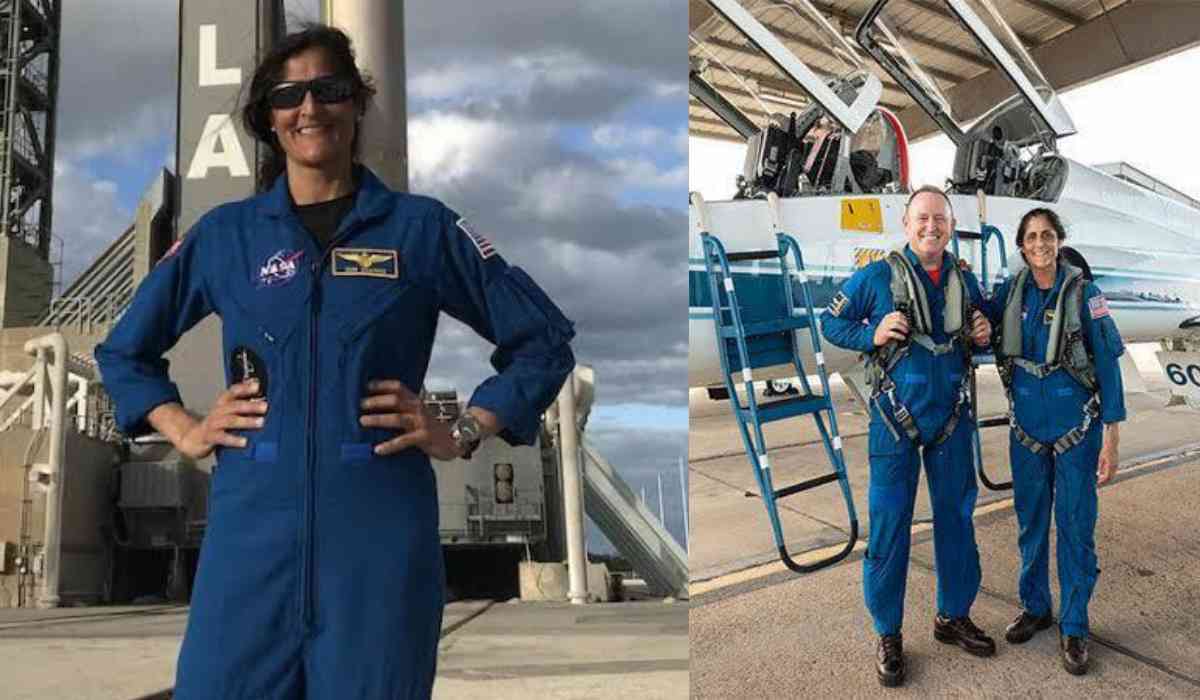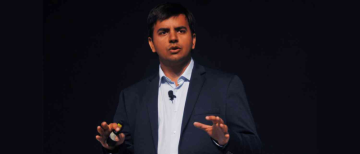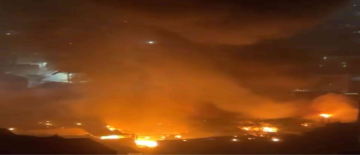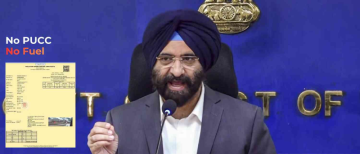On Tuesday, The launch of the first crewed flight of Boeing Starliner was called off hours before launch due to a technical glitch, set to carry astronaut Sunita Williams on her third space mission.
The Details about the 'Call-Off'
The Boeing Starliner was supposed to launch from the Kennedy Space Center in Florida's Cape Canaveral at 8:04 am India time. However, just 90 minutes before liftoff, the launch of the Atlas V rocket was called off due to an issue with an oxygen relief valve, revealed by NASA during a live NASA webcast.
Astronauts Sunita Williams and Barry Wilmore, strapped into their seats, ready for lift-off the Starliner to the International Space Station, a request for a ‘scrub’ arrived, giving engineers time to check anomalous readings from an oxygen relief valve. However they safely exited the spacecraft.
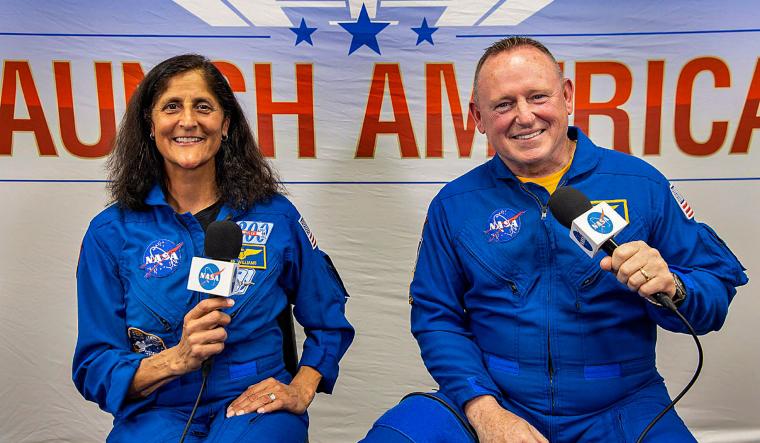
Wearing the distinctive blue spacesuits made famous by Boeing, the astronauts were helped from the ship and onto a van that would take them back to their accommodations at the Cape Canaveral Space Force Station's launch tower.
As of now, no new launch date has been announced.
Who is Sunita Williams?
Sunita Williams was born in Euclid, Ohio, to Deepak Pandya, an Indian-American neuroanatomist, and Ursuline Bonnie (Zalokar) Pandya, who is Slovene-American. She earned a degree in physical science from the US Naval Academy and a Master of Science in Engineering Management from Florida Institute of Technology.
Williams became an Ensign in the United States Navy through the United States Naval Academy in May 1987. In 1998, NASA selected her as an astronaut. She completed two space missions, serving as a flight engineer during Expedition 32 and as commander during Expedition 33.
Sunita Williams launched with the STS-116 crew for her first space mission, Expedition 14/15, on December 9, 2006, and docked with the International Space Station on December 11, 2006. She accomplished a first for women during her tenure on board when she completed four spacewalks in a total of 29 hours and 17 minutes. Later, in 2008, astronaut Peggy Whitson broke this record by making five spacewalks in all. Williams's maiden space flight ended on June 22, 2007.
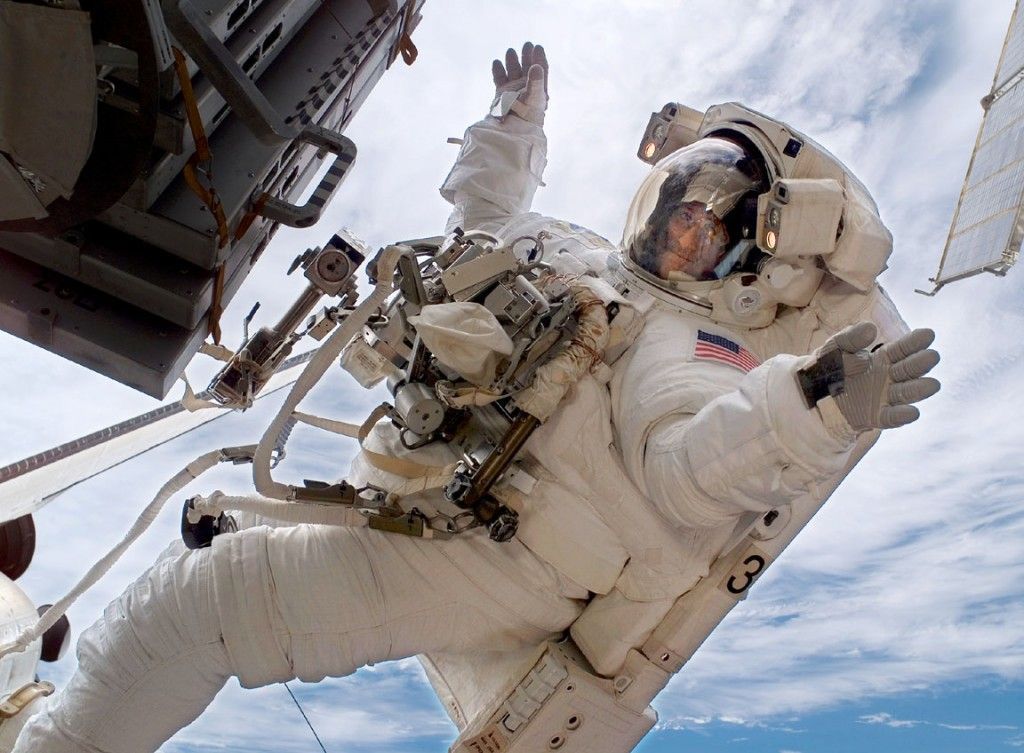
Williams, together with Russian Soyuz commander Yuri Malenchenko and Japan Aerospace Exploration Agency Flight Engineer Akihiko Hoshide, launched on her second mission, Expedition 32/33, on July 14, 2012,
from the Baikonur Cosmodrome in Kazakhstan. Williams spent four months exploring and conducting research inside the orbiting laboratory. On November 18, 2012, he returned to Earth following a total of 127 days in space. Williams has a total of 322 days in space under his belt.
This ‘delayed’ mission would have been the third space mission for the Indian-origin astronaut, potentially making a historic milestone, to be the first woman to join the first crewed flight of a new space shuttle.
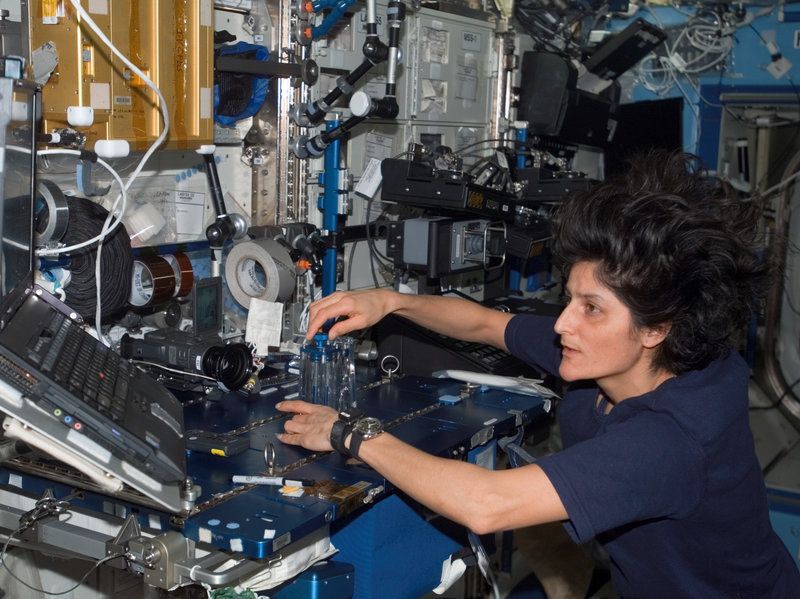
About the Mission
Starliner, a gumdrop-shaped spacecraft with an SUV-sized cabin, is scheduled to dock with the International Space Station (ISS) for a seven-day mission. Before returning to Earth and making a parachute-assisted landing in the western United States, Williams and Wilmore will use this time to carry out a number of tests to ensure that Starliner is operating as intended.
The purpose of this 10-day mission is to confirm that the Starliner is ready for space travel and to show that the team is ready for NASA certification for extended missions.
What will happen if NASA approves the Starliner test? A different commercial vehicle that could be certified by NASA to carry crew members to the International Space Station.
Experienced pilots with US Navy experience, Williams and Wilmore have each completed two ISS missions: one on a shuttle and one on a Russian Soyuz spacecraft. An Atlas V rocket will launch Starliner into orbit, and the crew will manually operate the spacecraft to evaluate its operating capabilities after liftoff.
An Atlas V rocket from United Launch Alliance, a joint venture between Boeing and Lockheed Martin, will enable the launch into space. After taking over the ship's controls to evaluate its capabilities, the crew will spend a week on the International Space Station (ISS).
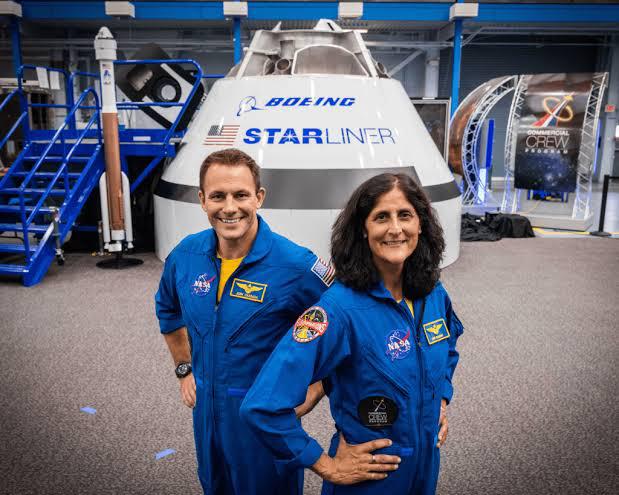
Sunita contributed to the Starliner's design together with engineers from NASA and Boeing.
Previous delays in Boeing's mission
Over the years, the mission has seen major delays. This is because it happened during a difficult time for Boeing, when its long-standing commercial aircraft division was being affected by a safety problem.
In 2019, A software error during the first unmanned test flight caused the spacecraft to wander off track and miss the International Space Station. NASA blamed Boeing for the mishap, adding to the company's difficulties given the continuous safety concerns in its commercial aircraft segment. The clearance of Starliner's successful test flight by NASA is essential for the launch of a second commercial spacecraft intended to transport crew members to the International Space Station.

In 2021, Starliner's launch was delayed because of blocked valves, but it was able to connect with the International Space Station (ISS) in May 2022 while operating without a crew.
However, other problems, such as worries about the quality of the parachute and combustible cabin tape, caused more delays in the vital crewed test flight required to obtain Starliner's certification for regular NASA missions to the International Space Station.
©️ Copyright 2024. All Rights Reserved Powered by Vygr Media.

